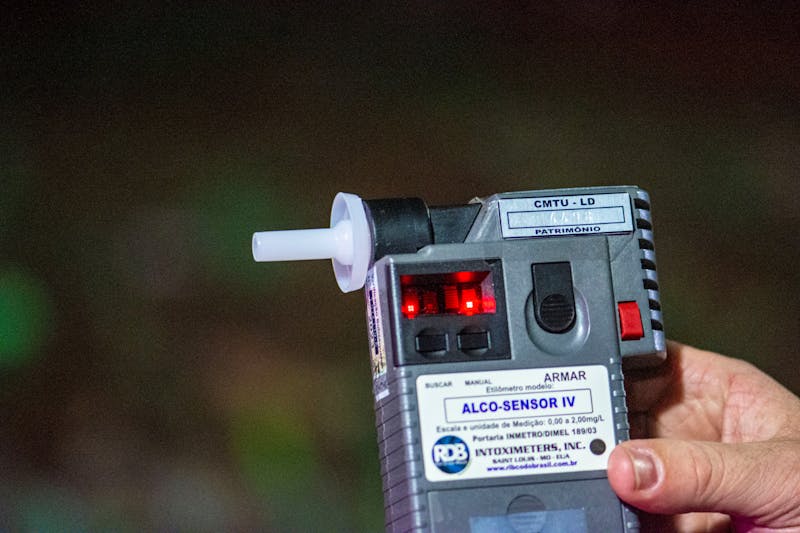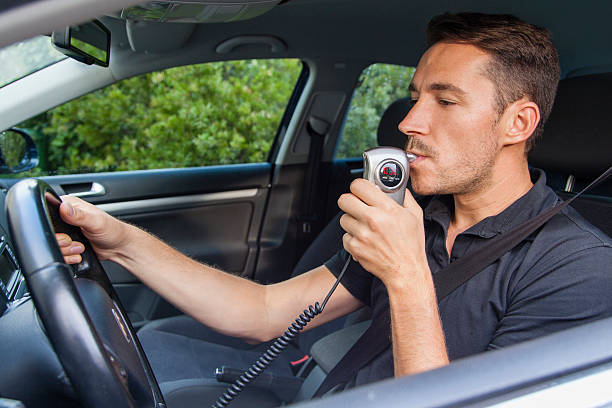How To Get Rid Of An SR-22 In Texas
When it comes to dealing with legal matters such as SR-22 filings, it’s essential to have a clear understanding of the process and requirements.
If you’re wondering, “How do I get rid of an SR-22 in Texas?” then you’ve come to the right place.
In this comprehensive guide, I will walk you through the steps to successfully remove an SR-22 filing from your record in the state of Texas.
Introduction
Dealing with an SR-22 requirement can be stressful and confusing, but it’s not a permanent situation.
Whether you’ve been required to file an SR-22 due to a DUI, driving without insurance, or another serious driving offense, there are steps you can take to get rid of it once you’ve fulfilled the necessary obligations.
In Texas, an SR-22 is typically required for a minimum of two years.
However, the exact duration may vary depending on the nature of the offense and your driving history.
Understanding the process of removing an SR-22 filing is crucial to getting back on the road without any restrictions.
So, let’s dive into the steps you need to take to get rid of an SR-22 in Texas.
What is an SR-22?
Before we delve into how to get rid of an SR-22 in Texas, let’s first understand what an SR-22 actually is.
An SR-22, also known as a Certificate of Financial Responsibility, is a form that your car insurance company files with the state to prove that you have the minimum required auto insurance coverage.
It is often required after serious driving violations or convictions to demonstrate to the state that you are financially responsible and have the necessary insurance coverage to drive legally.
How Do I Get Rid of an SR-22 in Texas?
The process of getting rid of an SR-22 in Texas involves several steps.
Here’s a detailed guide on how to successfully remove an SR-22 filing from your record:
1. Fulfill the Required Period
The first step to getting rid of an SR-22 in Texas is to fulfill the required period for which the SR-22 filing is mandated.
In most cases, this period is two years, but it can vary based on the offense and the court’s order.
2. Maintain a Clean Driving Record
During the period in which you have an SR-22 filing, it’s crucial to maintain a clean driving record.
Avoid any traffic violations or accidents that could further complicate the process of removing the SR-22 requirement.
3. Contact Your Insurance Provider
Once you’ve completed the required period and maintained a clean driving record, contact your insurance provider to inform them that you are ready to have the SR-22 filing removed.
They will guide you through the necessary steps to proceed.
4. Request an SR-26 Form
Your insurance provider will assist you in obtaining an SR-26 form.
This form is a document that confirms the termination of your SR-22 status.
Your insurance company will submit this form to the Texas Department of Public Safety (DPS) on your behalf.

5. Verification Process
Once the SR-26 form is submitted to the DPS, they will verify that you no longer require an SR-22 filing.
This process may take a few days to a few weeks, so it’s essential to be patient during this stage.
6. Confirmation of SR-22 Removal
After the DPS has verified the information and processed the SR-26 form, you will receive confirmation that the SR-22 filing has been removed from your record.
You are now free from the SR-22 requirement and can drive without any restrictions.
FAQs
1. How long do I need to have an SR-22 in Texas?
In Texas, the length of time you will need to have an SR-22 can vary depending on your specific case.
Typically, you may be required to have an SR-22 on file with the state for about two to three years.
However, it’s essential to check with your insurance provider and the Texas Department of Public Safety for the most accurate information regarding your situation.
Remember, having an SR-22 doesn’t have to be a burden – it’s just a necessary step towards getting back on the road safely.
2. Can I switch insurance companies while I have an SR-22?
Yes, you can switch insurance companies while you have an SR-22 filing.
It’s essential to inform your new insurance provider about the SR-22 requirement so they can continue the filing process on your behalf.
3. What happens if I cancel my insurance while I have an SR-22?
If you cancel your insurance while you have an SR-22 filing, your insurance provider is required to notify the state.
This can lead to the suspension of your driver’s license and other legal consequences.
4. Do I need an SR-22 for all types of traffic violations in Texas?
No, an SR-22 is typically required for serious offenses such as DUI, driving without insurance, or multiple traffic violations within a short period.
Not all traffic violations necessitate an SR-22 filing.

5. Can I remove an SR-22 before the mandated period in Texas?
In some cases, it may be possible to petition the court to remove an SR-22 requirement before the mandated period ends.
This usually requires the assistance of legal counsel and a valid reason for early removal.
6. Will my insurance rates go down after getting rid of an SR-22 in Texas?
Once you’ve successfully removed an SR-22 filing from your record in Texas, your insurance rates may decrease over time.
Maintaining a clean driving record and demonstrating financial responsibility can positively impact your insurance premiums.
Conclusion
Dealing with an SR-22 filing in Texas can be challenging, but it’s important to remember that it is a temporary requirement.
By following the necessary steps, maintaining a clean driving record, and fulfilling the required period, you can successfully get rid of an SR-22 filing and regain your driving privileges without any restrictions.
Remember to stay informed, work closely with your insurance provider, and be patient throughout the process.
Before you know it, you’ll be back on the road with peace of mind and a clean driving record.
So, if you’ve been wondering, “How do I get rid of an SR-22 in Texas?” – now you have the answers and guidance you need to navigate this process effectively.
Stay proactive, stay informed, and soon enough, you’ll be free from the SR-22 requirement.

